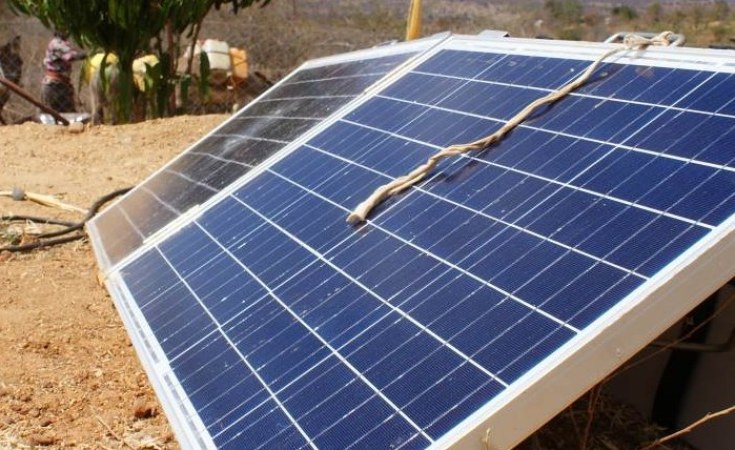Nairobi — Kenya is the third country on the African continent with the highest generation of electricity from solar and wind.
Latest data from energy think tank Ember shows that the country only trails with 16 percent of renewable energy sources, followed by Namibia (25 percent) and Morocco (17 percent).
With other sources of power generation proving unsustainable due to global warming, Kenya has been focusing on power generation through hydro (30 percent) and geothermal (45 percent) as of 2017.
As a result, in 2022, renewables delivered 90 percent of Kenya's electricity.
Wind power reached 14 percent of Kenya's electricity in 2022 (1.7 TWh), up from just 0.6 percent in 2017 (0.1 TWh), with the development of Africa's largest wind project, backed by international financing.
"The stage is set for wind and solar to achieve a meteoric rise to the top. Clean electricity will reshape the global economy, from transport to industry and beyond," Ember senior electricity analyst Mal̸gorzata Wiatros-Motyka said.
"A new era of falling fossil emissions means the coal power phasedown will happen, and the end of gas power is now within sight," Wiatros-Motyka added.
"Change is coming fast. However, it all depends on the actions taken now by governments, businesses and citizens to put the world on a pathway to clean power by 2040."
Solar was the fastest-growing source of global electricity for the eighteenth year in a row, rising by 24 percent year-on-year and adding enough electricity to power all of South Africa.
Wind generation increased by 17 percent in 2022, which was enough to power almost all of the UK.
Twenty African nations already generate more than half of their electricity from renewable sources, with hydro playing a key role.
However, the African region as a whole gets just 5 percent of its electricity from wind and solar, second lowest only to the Middle East. Less than 1 percent of the increase in global wind and solar generation in 2022 was in African countries.
The rapid growth seen in some African countries reveals the enormous potential for wind, solar, and other renewable technologies.
"Global progress, while encouraging, doesn't reveal the growing disparity in renewable energy adoption which is tipped disproportionately in favour of developed countries and emerging economies in Asia; much more needs to be done to ensure that developing countries are not left behind and locked into high carbon futures," UN Secretary-General for Sustainable Energy for All, and Co-Chair of UN-Energy CEO and Special Representative Damilola Ogunbiyi
"Furthermore, coal power remained the single largest source of electricity worldwide, producing 36% of global electricity in 2022, which means that the power sector remains off-track in meeting net zero targets globally by mid-century, the deployment of wind and solar needs to be massively and urgently accelerated.


